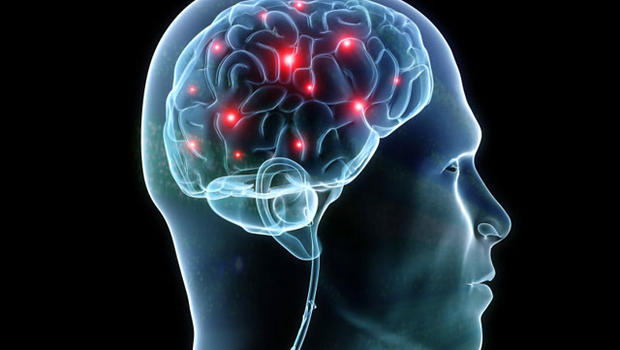A team of scientists led by researchers at Carnegie Mellon University has revealed that the structural connections within the brain are unique to a person, and can be used for identification purpose.
According to a paper published in PLOS, the team used a technique called ‘diffusion MRI’ to scan and map the structural connections of the brain. It is different from regular MRI, and is referred to as ‘diffusion MRI’ as it makes use of water molecules within the biological tissues to create a contrast in the images. Information was mapped from the brains of 699 subjects.
The scientists first measured connectomes from the brains, which are the point by point connections that run all along the length of the white matter pathways. They then used the data from the diffusion MRI to calculate the water distribution along those pathways.
Over 17,000 tests were run by the researchers in order to find out how unique the brain fingerprint really is. According to the International Business Times, the team did not say how accurate the method was, but claimed instead that they could confirm that two fingerprints from the same person actually did so with a “nearly 100 percent accuracy”.
These tests were also performed on twins, and revealed that twins share only about 12 percent of the cerebral structural connections.
‘The most exciting part is that we can apply this new method to existing data and reveal new information that is already sitting there unexplored,’ said first author Fang-Cheng (Frank) Yeh, reported dailymail.com. He is an assistant professor of neurological surgery at the University of Pittsburgh, and completed the study as a postdoctoral fellow in psychology at the Carnegie Mellon University.
The US Army-funded study further uncovered that the connections change over time, and can reflect on the person’s life experiences. This could provide information on the diseases and the environment the person has experienced. “Thus we can start to look at how shared experiences, for example poverty or people who have the same pathological disease, are reflected in your brain connections, opening the door for potential new medical biomarkers for certain health concerns,” said Timothy Vestynen, an assistant professor of psychology at CMU.
While this information may not be used widely for identification purposes yet, it will probably be useful in medical applications.

























